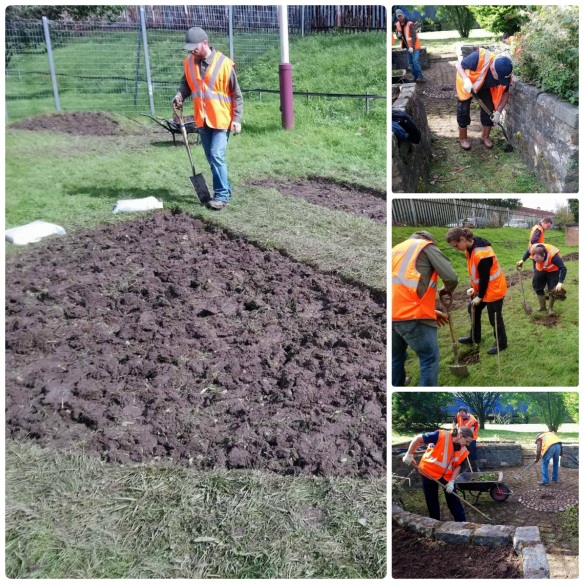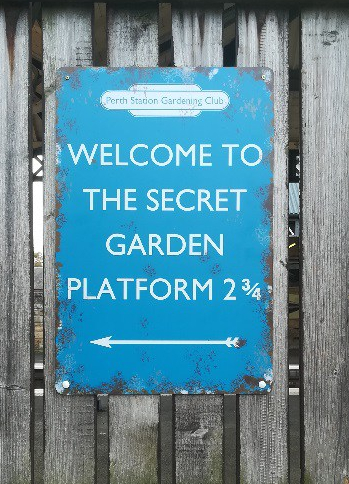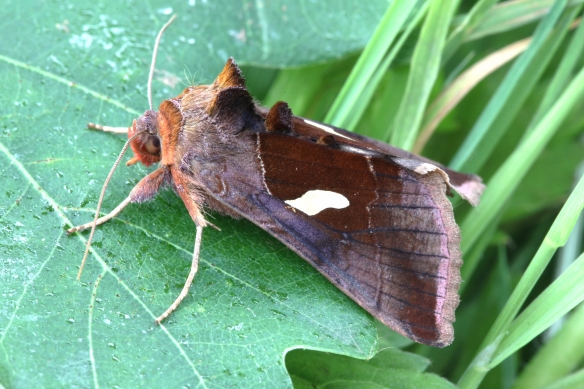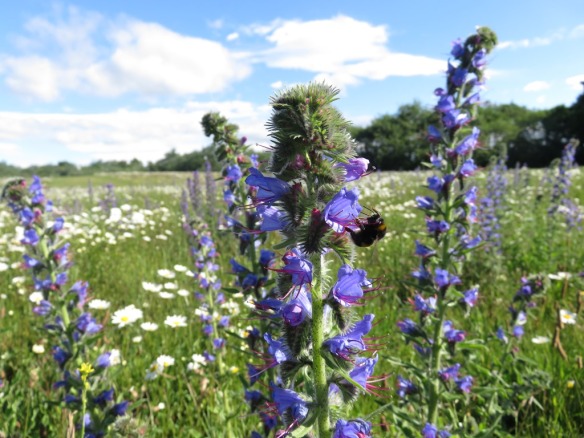
“By 2030, 60% of the world’s population is expected
to be living in urban environments”
WHO, 2014 (1)
We are delighted that our team delivering the Pollinator Strategy for Scotland was recently joined by Alice Brawley, a Graduate Placement who is working on ‘Creating a buzz in buildings’. The purpose of this placement is to explore opportunities to encourage the creation of pollinator-friendly habitats in the construction and planning industries, and Alice will be providing regular updates on the project over the coming months.
Blog post by Alice Brawley – New Graduate Placement for Pollinator Strategy
We know that pollinators play an integral part in our biodiversity and are crucial to our food production, economy and individual well-being. We also know that changes in land use have played a big part in pollinator declines. With cities set to keep on growing, we need to continue to take action in the urban environment to make sure our towns and cities are places where pollinators can thrive.
At SNH we recognise the challenges industries can face in implementing positive environmental actions while meeting their other demands and commitments. In response to Objective 4 of Scotland’s Pollinator Strategy 2017 – 2027 to ‘raise awareness and encourage action across sectors’, I have recently begun working for SNH to produce resources for the construction and planning sectors to encourage them to consider pollinator friendly actions in future projects. Over the next year I will be researching where opportunities and limitations exist, understanding any preconceptions, identifying where more resources and guidance are needed, and drawing together case studies to showcase some of the incredible work that is already taking place in these industries.
Resources will be created in the format of online guidance, videos, blog posts and infographics. The guidance will:
- Raise awareness amongst these industries on the importance of reversing pollinator decline
- Identify opportunities for them to implement pollinator friendly actions
- Provide support to make it easier for these industries to implement such initiatives
- Inspire creativity to encourage these industries to reimagine the built environment with pollinators in mind.

Wildflowers aligning a river embankment near housing, which will benefit both pollinators and residents
We acknowledge the difficulty of changing long-established practices and the importance of providing appropriate resources to support such changes. In the past, weeds were considered a gardeners worst enemy and were advised to be removed immediately. Evidence now shows weeds to provide a valuable food source for pollinators, with wildlife and gardening experts now urging the public to let them grow (2). Part of my role will be challenging these preconceptions.
In the future, it might be the norm to see wildflowers on roundabouts or alongside road verges; living walls and green roofs spread across cities; and people will view dead wood piles and dirt mounds as perfect nesting sites for pollinators rather than a ‘messy’ landscape.

A Living Wall, an example of a green infrastructure technique which can be utilized in the urban environment for attracting pollinators
I know the role won’t be easy, but it’s essential for all industries to engage with Scotland’s Pollinator Strategy. We want Scotland to be a leading example of how people and pollinators can live in unison, to support a healthy ecosystem and avoid serious social and economic implications.
“Pollinator decline is a global phenomenon with potentially
severe impacts on natural ecosystems and food security”
European Commission, 2018 (3)
- http://www.who.int/gho/urban_health/situation_trends/urban_population_growth/en/
- https://friendsoftheearth.uk/bees/grow-few-weeds-and-help-britains-bees-great-british-bee-count-begins
- European Commission (2018). Commission adopts an EU-wide Pollinators Initiative. Natura 2000 Newsletter, (Kerstin Sundseth Ecosystems LTD, Brussels), pp.6 – 7.

 The level of environmental activities that ScotRail is involved in reflects the scale of our presence in Scotland.
The level of environmental activities that ScotRail is involved in reflects the scale of our presence in Scotland.








